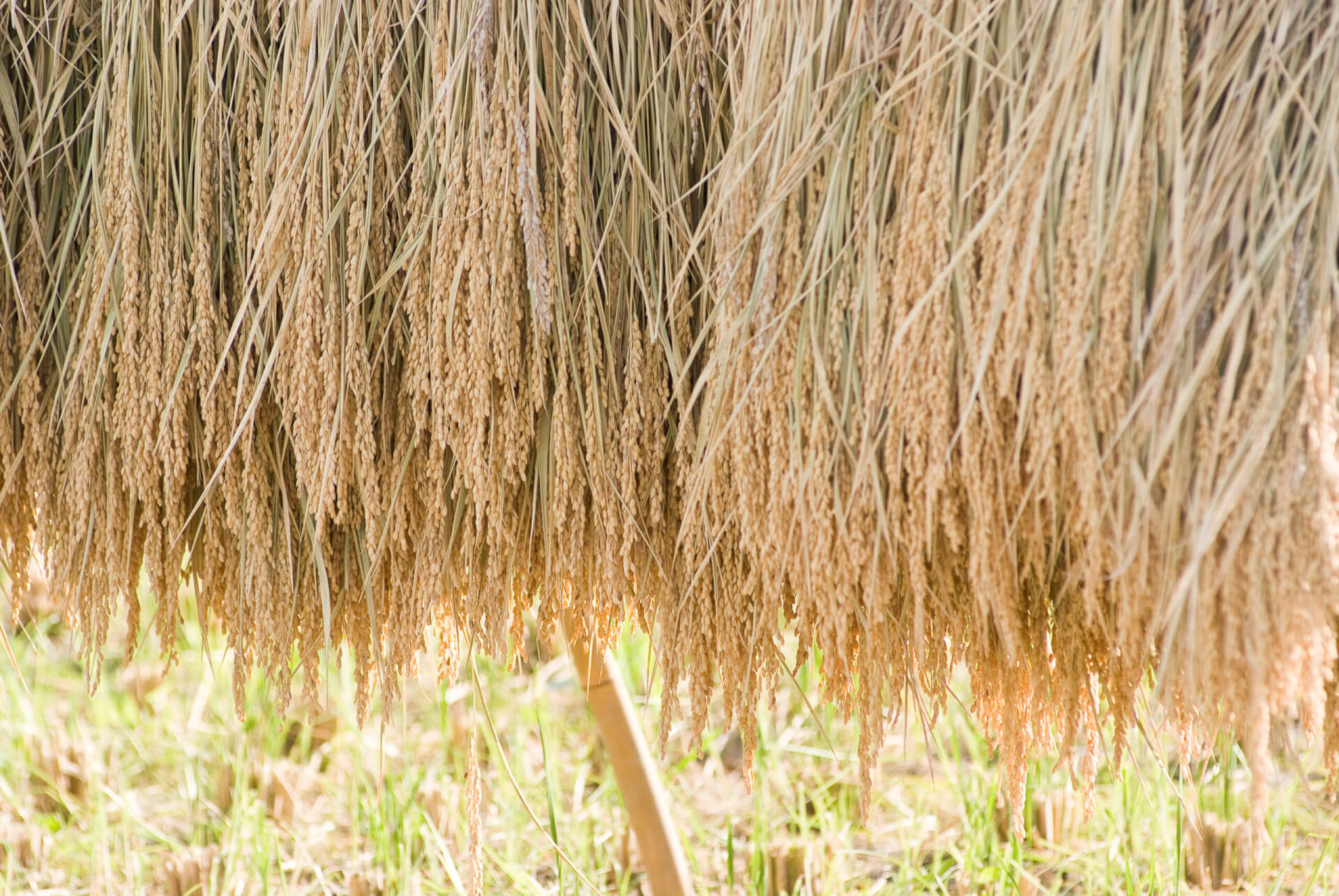Previously, I had the opportunity to talk with the famous macrobiotic Michio Kushi. Having a macrobiotic center in Boston, he has been active in teaching diet therapy, saying that “a diet that stabilizes the mind is important for world peace”, and has received high praise in Europe and the United States as many people with terminal cancer visit. I am. He was the forerunner of the current flow of slow food.
“The basis of meals is Fuji.” I remember being told that the ingredients required by walking in the area where I live must be the basic diet, and that “there are two types of meals: hare meal and ke meal.”
The “Hare” meal is a meal for festivals and celebrations, and the “Ke” meal is a daily meal for Japanese people before the war. This “ke” meal is recommended as a “standard diet”.
If you think about it, our eating habits begin with buying ingredients from all over the world and filling up the supermarket stores, so no matter how much you say, “We have a simple meal,” every day is a “halle” meal. It can be said. If you look at the increase in adult diseases due to satiety, if not “Fujitsu”, it will be the basis of the regimen to be aware of the “Hare” diet and the “Ke” diet.
Curing and therapeutic diets
Diabetes, kidney / liver dysfunction, hypertension, hypercholesterolemia, heart disease, obesity, etc. are all increasing in number. Is it because of my age that if I talk to my friends, I’ll talk about illness?
During the Edo period, there was a philosopher who was a town doctor named Ando Shoeki and lived in the Hachinohe domain in Tohoku. Please read the details of the complete works of Ando Shoeki. This is a complete collection of discussions on everyday matters from agriculture to religion, illness, economy, and politics, but I am surprised that the contents so far were published in the era of feudal society.
In this, Masamasu Ando wrote about illness, “It is foolish to worry about getting sick, and it is important to keep in mind a diet that does not get sick. Curing is something you do when you are healthy.” People in the Edo period were also worried about food and illness.
There is a saying that “curing is something you do when you are healthy”, but when you get sick, you should eat “therapeutic food” instead of “curing food”.
When talking to people who receive dietary guidance, many people find that they are confusing a regimen and a therapeutic diet. I’m not particularly an early symptom. If you think about dietary guidance as “a goal you want to keep if possible”, curative treatment will be difficult, and you will be overwhelmed by refraining from drinking the day before you go to the test or a month before.
The therapeutic diet is a meal that is less enjoyable, but after eating the therapeutic diet, it becomes energetic and moves to a regimen diet. There is fun in the regimen, but when it comes to therapeutic foods, set aside the fun first.
Some people say, “Even if you say that, those who are sick will progress, and those who are healthy will be fine.” It is true that there are large individual differences in the ability to tolerate genetic diseases, and even if “I don’t know what the doctor says”, there are some people who do not have complications due to diabetes etc. It will be something.
It’s painful to think of “curing” as “to endure and to restrain”, but it’s fun to think of it as “to reconcile feelings and body.”
Once released to the world, I was surrounded by overflowing ingredients and was confused by the temptation menu, and my frontal lobe expressed joy as “I want to eat, I want to drink”, but here I feel tight and my body is You have to make sure that you want to drink and eat.
To do this, enjoy your meal and time slowly without ordering anything. The next day’s reflection is useless. This is the secret of curing. Eating, exercising, working, and playing should be moderate enough not to reflect on it later.
Please love yourself.


